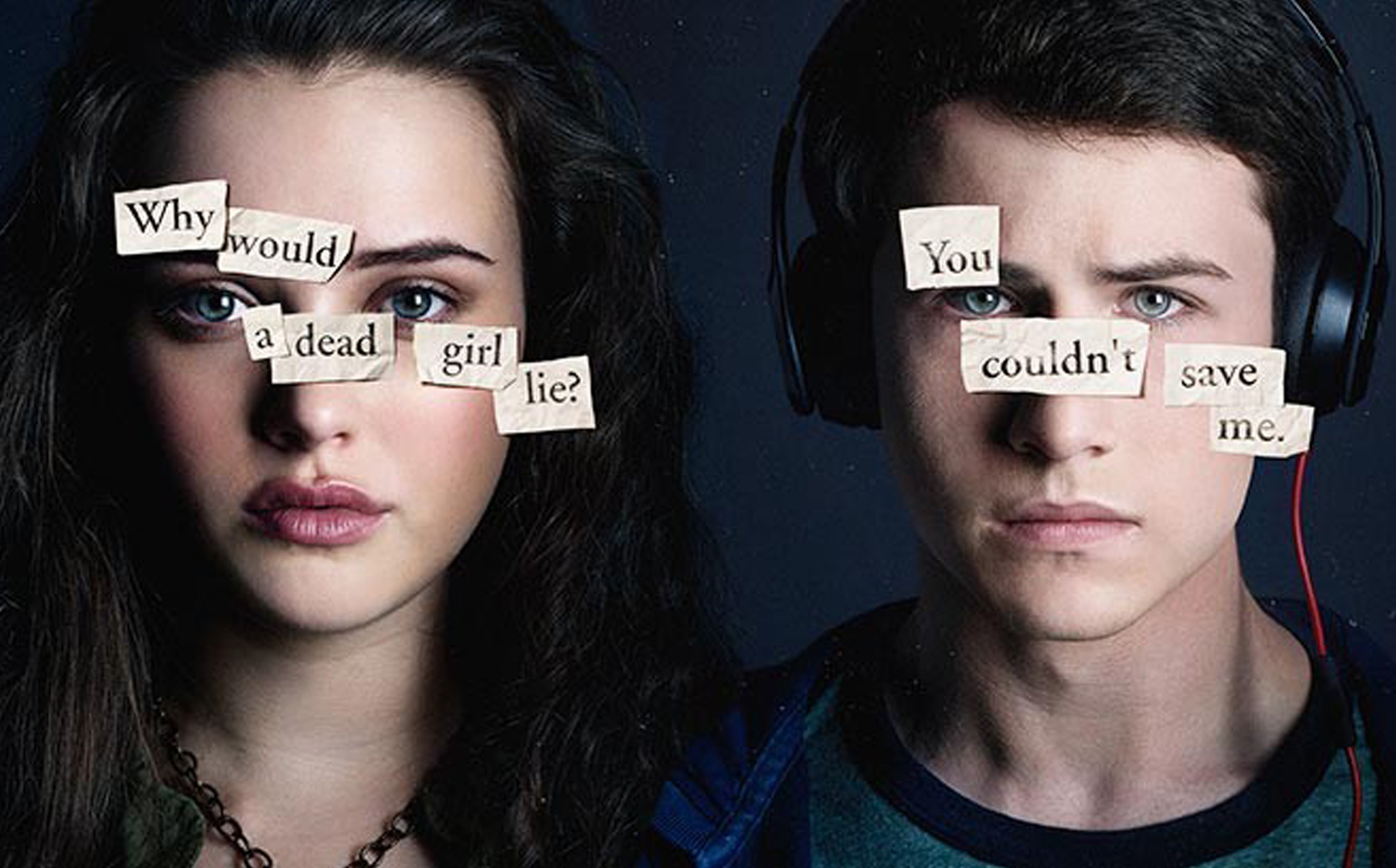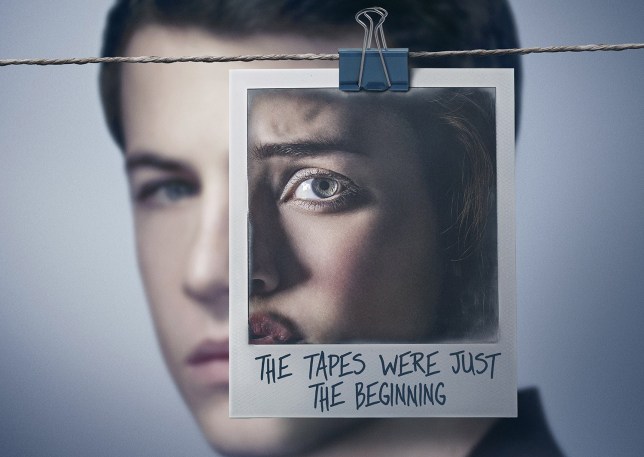
Yesterday, Netflix announced that the graphic suicide scene from the Season 1 finale of their 13 Reasons Why series has been removed. While the effort is a nice gesture, the show is still problematic at its core and no gesture can fix it. When the 13 Reasons Why adaptation was brought to my attention—shortly after premiering on Netflix—I was curious. I care deeply about the issue of mental illness. Having lost a loved one to suicide, I wondered how Netflix would handle the translation of the book of the same name. The story chronicles the whirlwind of peer abuse affecting, main character, Hannah, leading up to her suicide. Many have criticized the show for “glorifying” suicide but that’s not the point I wish to make.
The problem is the continued interaction Hannah has, via voiceover, does not correctly portray the impact and finality of suicide. Hannah literally has a voice after death when she could/should have had one in life. She continues to engage with the world and people. Her voice, which draws you in, hovers over the living as though she is still there and while it sheds light on her trauma: In the real world when a person dies they are gone. Silenced forever, not finally given revenge or vindication as it appears in the show. Hannah dismantles the lives of those around her with participatory subtext but she isn’t actually there to see justice done or bear witness to the remorse of those who harmed her.
The message, that a person who has endured extreme trauma will be heard after suicide—if only they leave behind a lengthy audio recording—doesn’t glorify suicide but it does embolden the idea it will be an “effective” option for a suicidal person who wishes someone would notice their pain. The series doesn’t explain, no matter how many people hear the recording that person will never actually feel the validation of being heard. Living and surviving is where healing happens—people are heard in life, not in death. Throughout the show, Hannah is still there, the mixing of time frames via flashbacks and imaginings puts her in the life she left behind. The traumatic scenes that are depicted, based on her recordings, layout secrets that Hannah, in reality, would have taken to the grave. After a victimized person commits suicide, no matter how many people find out about their trauma, they are not validated unless they found that for themselves in life.

The second season of 13 Reasons Why barrels on like a bull in a china shop through modern dilemmas of American youth. From there on out it is all fruit of the poisonous tree; If the main premise of the show is flawed by including the person who committed suicide in the living timeline, everything that follows solidifies the idea that Hannah’s tapes were an effective tool of outing everyone’s wrongdoing and causing the uproar that was needed while she was alive. It is an underlying symbolism of the show that subliminally makes her suicide “necessary” to justice and other people’s healing. That’s dangerous.
The book, Thirteen Reasons Why, is not so reckless. In that story, Hannah doesn’t exist in the here and now. The written words convey the aftermath of the end of her story in a linear manner, even if it jumps back and forth in time from page to page. The audiovisual presentation has the ability to layer time in ways the written word cannot. Unfortunately, including giving characters who took their own lives the validation and comfort they needed in life. For those reasons the show’s handling of the finality of suicide is irresponsible. Audience members who are struggling, or might struggle with thoughts of ending their life, may believe that in death they will have some justice or vindication.
Anyone struggling with trauma or thoughts of self-harm needs help now, in life. In life there is real validation you can feel. You can be heard. There are many people who care. As for Thirteen Reasons Why, we’d all be better off if some stories were left on the page.

